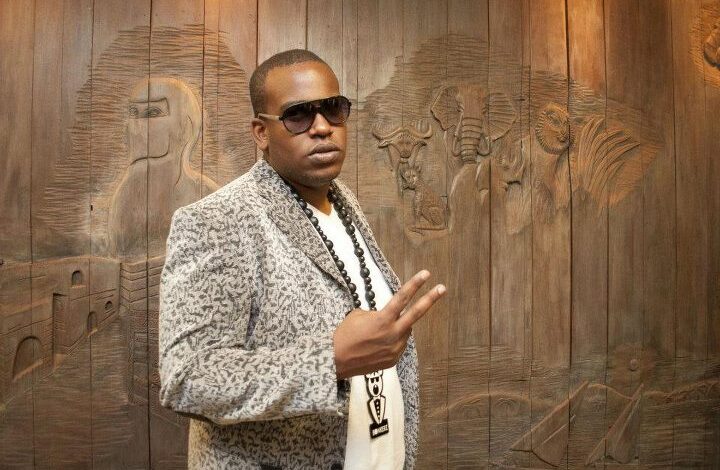Hip hop has always been a voice of the disenfranchised and a medium where artists could channel their frustrations about the world around them through music. In Kenya, challenges with unemployment, crime, and poverty has influenced several hip hop artists to talk about their life struggles in their music. Kenyan hip hop artist Kevin Ambalwa also known as Kayvo Kforce, has not only gained recognition for his diss track ‘Kill A King’, but also for the songs that address the social and political realities he has faced. Coming from the largest slum in the African continent, Kibera, Nairobi, Kayvo often references what life was like in the slum in videos like “I Do It” and “Ghetto”.
In the video “I Do It” Kavyo raps about making his way to fame even despite the hardships he’s faced in the slum. While the video often shifts focuses from Kayvo and to a female exercising in a gym, the overarching message ‘I Do it’ is truly conveyed by Kayvo’s lyrics.
One of the most important parts of the video is the beginning, where Kayvo says “Started from the bottom sai niko katikati. Niko ligi Jay’s nishatoka ligi patipati” which loosely translates to “Started from the bottom and now I’m in the middle. I’m now in the league of Jordans, I left the league of wearng slippers”. Kayvo not only talks about his humble beginnings, but cleverly used slippers and Jordans as symbols that connect part of his past in Kibera to his current success and growth as a rapper.
In urban slum Kibera, unemployment rates are high; most people are living in extreme poverty and making less than a $1.00 a day. Many people also lack the access to basic services and resources like clean water, medical care, education, and electricity. So when Kayvo continues to say “Siezi go back to those days no way sitaki” (I can’t go back to those days, no way I don’t want it) and “Natoka ghetto motherland what you know about that” (I’m from the ghetto motherland what you know about that), Kayvo is genuinely speaking about life in the slum and using hip hop to tell his story.
Kayvo’s other video “Ghetto” also shows what he had to go through living life in a slum.


